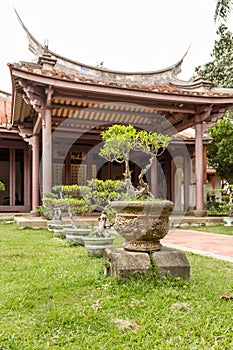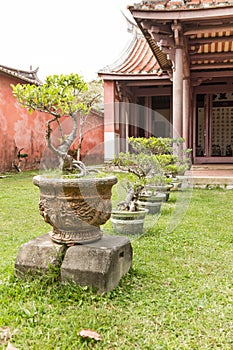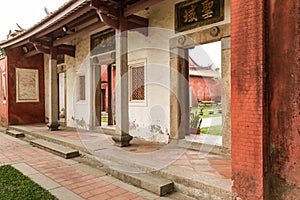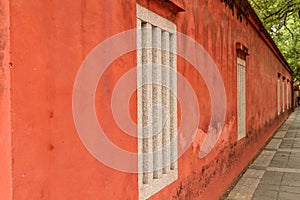Last weekend, Mei and I decided to do a Japanese-themed
shoot. There are many types of kimonos, and they each have their own protocol
for when they are appropriate to wear. The colour, pattern, material, and make are
all considerations when selecting the appropriate kimono for the occasion. She
has a few kinds of kimonos and chose a yukata
for this shoot at a Japanese house and garden in Danshui.
 |
| Oriental Woman in Kimono in Japanese Garden |
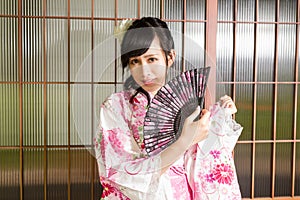 |
| Asian Woman in Kimono Holding Fan by Japanese Wood Frame Windows |
In general, men
wear dark solid colors, young people wear bright, vivid colors with bold
patterns, older people wear dark, matured colors and dull patterns, and children
wear multicolored prints. Since Mei is a beautiful young woman, we went with a
bright floral print.
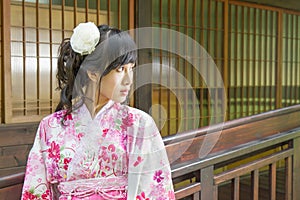 |
| Oriental Woman in Kimono in front of Japanese House |
Putting a yukata on is quite a process and Mei
went to a studio in Banciao that specializes in hiring out Japanese garments
and helping people dress in them. The way it is put on is the left side of the yukata is wrapped over the right side
and fastened with an obi sash. The excess of the obi is tied in a bow at the
back.
© Photographer: Imagesbykenny | Agency: Dreamstime.com
Stock photos of Japanese people and culture on Shutterstock
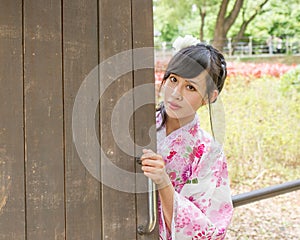 |
| Woman in kimono in Japanese Garden |
Stock photos of Japanese people and culture on Shutterstock

